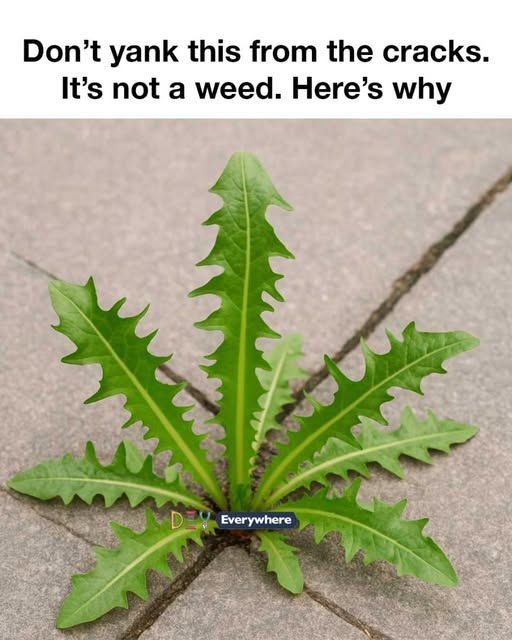3. Culinary Uses: From Salads to Soups
Dandelion greens can be a versatile addition to your culinary repertoire. Their slightly bitter taste adds a unique flavor to salads, much like arugula or radicchio. To prepare a simple dandelion salad, toss fresh greens with olive oil, lemon juice, and a pinch of salt for a refreshing and nutritious dish.
Beyond salads, dandelion greens can be sautéed with garlic and olive oil as a side dish or added to soups and stews for an extra nutritional boost. Their bitterness can be mellowed by blanching them in boiling water for a minute before cooking. Dandelion flowers can also be used to make dandelion wine or infused into honey for a floral treat.
4. Medicinal Benefits: A Natural Remedy
Dandelions have been used in traditional medicine for centuries, valued for their diuretic and detoxifying properties. The roots and leaves are often used to support liver health, aiding in the detoxification process and improving digestion. Dandelion root tea is a popular herbal remedy for promoting liver function and reducing bloating.
Studies have shown that dandelion extract may help reduce cholesterol levels and improve blood sugar control, making it a potential ally in managing diabetes and heart disease. Additionally, the anti-inflammatory properties of dandelions can help alleviate symptoms of arthritis and other inflammatory conditions.
5. Environmental Impact: Supporting Biodiversity
Dandelions play a significant role in supporting biodiversity. Their flowers provide an early source of nectar for pollinators, while their seeds are a food source for birds such as finches and sparrows. By allowing dandelions to grow, we create a more hospitable environment for a variety of wildlife.
Moreover, dandelions contribute to soil health. Their deep roots help aerate the soil, improving its structure and allowing other plants to access nutrients more easily. This natural soil aeration can reduce the need for chemical fertilizers and promote a more sustainable gardening practice.
6. Historical Significance: A Plant with a Past
Dandelions have a rich history that dates back centuries. They were brought to North America by European settlers who valued them for their medicinal and culinary uses. In traditional Chinese medicine, dandelions have been used for over a thousand years to treat a variety of ailments, from digestive issues to skin conditions.
In medieval Europe, dandelions were cultivated as a food source and used in herbal remedies. The plant’s name is derived from the French ‘dent de lion,’ meaning ‘lion’s tooth,’ referring to the jagged shape of its leaves. This historical significance highlights the enduring value of dandelions across cultures and time periods.
7. Foraging Tips: How to Harvest Safely
Foraging for dandelions can be a rewarding experience, but it’s important to do so safely. When harvesting dandelions, ensure that they are collected from areas free of pesticides and other contaminants. Avoid picking dandelions from roadsides or areas near heavy traffic, as these may be exposed to pollution.
To harvest dandelion greens, use a sharp knife to cut the leaves close to the base of the plant. The best time to harvest is in early spring when the leaves are young and tender. Dandelion roots can be dug up in the fall when they are at their most nutrient-dense. Always wash the plants thoroughly before consumption to remove any dirt or insects.
see next page
ADVERTISEMENT

